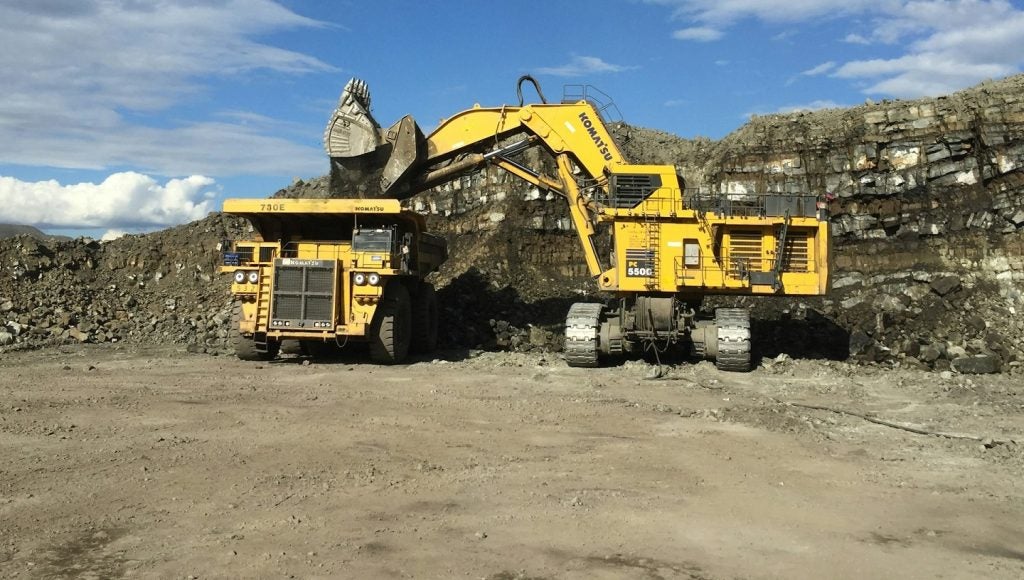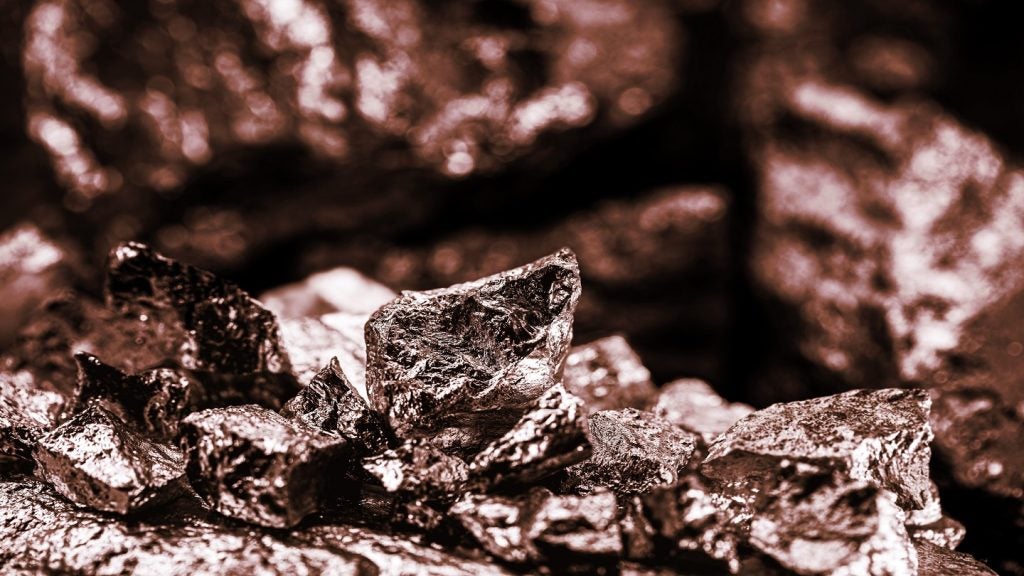Two of New Zealand’s contaminated mine sites will be cleaned of toxic substances following a funding agreement signed by the Ministry for the Environment and the Department of Conservation.
The two mine sites, Prohibition and Alexander, have been releasing poisons into the ground at the country’s South Island.
New Zealand Environment Minister Nick Smith said: "The Prohibition and Alexander mine sites are acutely toxic and a blight on New Zealand’s clean, green reputation.
"The levels of arsenic are among the highest recorded anywhere in the world at 400,000 parts per million on land, or 500 times the safe level, and in water at 300 parts per million, or 33,000 times the safe limit for drinking water."
The mine sites also have high levels of mercury and cyanide and are situated on one site near Reefton in the West Coast region.
See Also:
New Zealand’s Government will spend NZD$3m ($2.26m) on the remediation and to prevent contamination spreading to surrounding areas.
How well do you really know your competitors?
Access the most comprehensive Company Profiles on the market, powered by GlobalData. Save hours of research. Gain competitive edge.

Thank you!
Your download email will arrive shortly
Not ready to buy yet? Download a free sample
We are confident about the unique quality of our Company Profiles. However, we want you to make the most beneficial decision for your business, so we offer a free sample that you can download by submitting the below form
By GlobalDataAs part of the remediation project, arsenic-contaminated soil will be removed and secured in sealed barrels in a water-tight pit, while the surface around the pit and tower will be capped. The mines will get a new water treatment plant to protect nearby natural water bodies from contaminants at the sites.
In order to assist the Department of Conservation with the clean-up process, the Ministry for the Environment is providing NZD$1.5m ($1.13m) from the Contaminated Sites Remediation Fund.
"We need to repair the environmental damage and clean up this site, but also ensure that we properly regulate mining activities today so as not to create more problems of this sort in the future," Smith added.
Between 1935 and 1951, a roasting plant on the site processed an arsenic-bearing ore to release gold, contaminating the Prohibition mine.
The Department of Conservation inherited the site in 1987 and the mining company ceased operations there.





